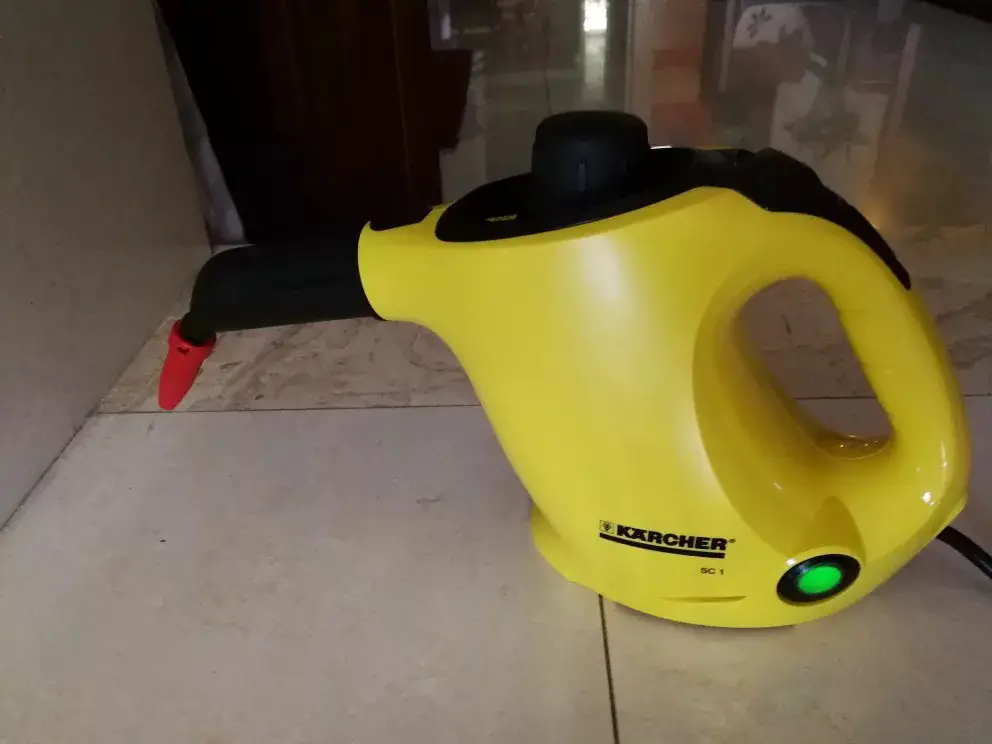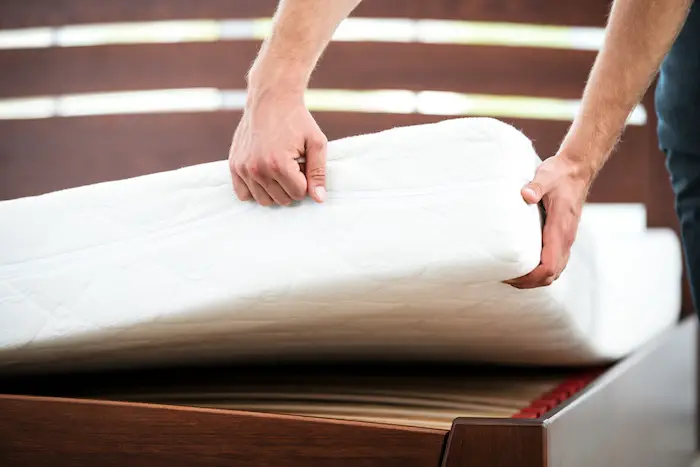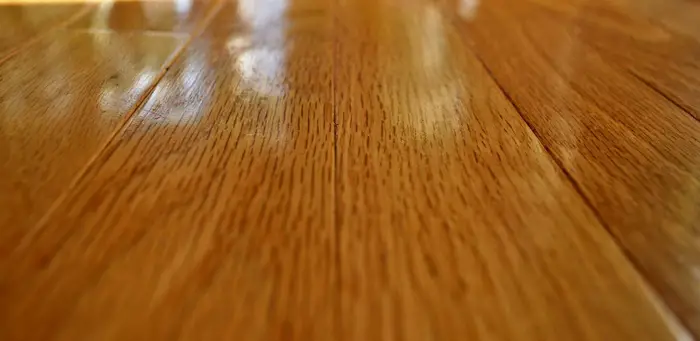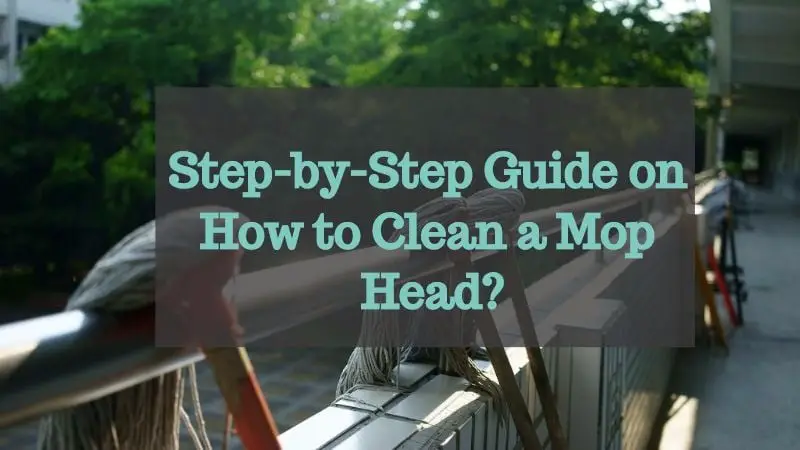Do you know that the dirtiest place at home is not your floors, kitchen, or your toilet? It’s your bed. If you sleep for at least 8 hours a day, you will spend about 3,000 hours every year on your mattress. During this whole time, your body will be sweating, shedding skin cells, and of course, we know other things you will be doing in your bed, and all these things are absorbed by your mattress making it a prime breeding ground for bacteria and bugs ( Click to see my experience on how to get rid of dust mites). That’s why you need to learn how to clean mattress stains and freshen things up in your bedroom. Luckily, it doesn’t take much effort or time to clean your mattress. There are a few cleaning methods we have recommended here. Read on our 10 ways to clean mattress stains.
1. Use Borax
Borax is one of the most undervalued cleaning agents. People have been using boric acid to clean things at home. To clean mattress stains, simply mix water and borax to create a paste, which you can then spread over the stain so it can penetrate. Allow it to sit and dry for about an hour. Using a brush, remove the dried borax powder. Scrub the spot with a brush and little soapy water, and rinse it well with a wet towel. Use a dry towel to dab it. You can buy Borax cheaply on Amazon.
2. Soap and Water
If you are dealing with a fresh stain, using dish wash soap and water can help clean mattress stains. Stains on mattresses are better handled when they are fresh or as soon as you spot them to save it from getting a permanent mark. A mattress should not be left with moisture, and thus it is important to use very little water and more soap when using this method. Use a dry towel to dab the wet stain to remove any moisture left. After this procedure, dry your mattress by laying it outside in a spot with enough sunlight, or use a shop-vac to suck out moisture.
3. Bleaching Agent
I would recommend this option on stubborn stains that have persisted. However, before bleaching your mattress, test your bleaching agent on a few towels to see its reaction. Start with a mild bleach such as hydrogen peroxide. Dab the stain with the bleach and scrub the area a little bit. Remember to wear gloves and only apply the bleaching agent on the stained area. Also, be sure to dry the area with towels that you don’t normally use as they too can be discolored by the bleach.
4. Steaming

This should be done using a steaming vacuum cleaner. The best thing about this is that it sucks up moisture well. Steaming gives you a better chance of removing the mattress stain (my unbiased steam cleaner reviews) as it doesn’t drive it deeper or covers it up with bleach- but these also work. Although it will cost you a couple of bucks, a steam cleaner will save you a lot of hassle.
5. Lemon Juice and Salt
This combination offers a solution to different problems, and cleaning mattress stains are one of them. Lemon has a bleach-like effect to lighten the stains and deodorize the area. Mix the two to form a thick paste and apply it to cover the stain. Allow it to stand for 30-60 minutes and then sweep it off or vacuum the mattress. Use a sponge to rinse it. Repeat this procedure a few times to see if the stain disappear.
6. Enzyme Cleaner
An enzyme cleaner like this on Amazon is a good laundry product, especially the oxygenated enzyme cleaner. These cleaners break stains blocks into molecular structure. This involves a lot of science, which I would obviously not expound here, but they are great for bloodstains. Check manufacturer’s instructions and follow them. Most enzyme cleaners are safe on most fabrics, but it is always good to be sure. Pour a little bit of it on a towel and pat it on the stained spot. Allow it to settle for about half an hour to break down the stain. After this, the stain will be easier to remove using a towel or a gentle brush. Either way, there will be a patch on the stained area. Rinse the spot with a wet cloth and dry the excess wet. Use a fan to dry all moisture or take your mattress out in the sun to allow in air and heat to drive moisture off.
7. Using Baking Soda
Baking soda (see different uses) is another home-tested stain removal. Mix it with cold water and apply it to the stain or apply it directly and later sprinkle some white vinegar on it. Allow it to settle for about 30 minutes to work on the stain before rinsing. Repeat this process severally on the stain until it has cleared out. Baking soda can also be used to remove urine stains from mattresses. Read more on this one here
8. Hydrogen Peroxide and Cream of Tartar
You can mix these two and apply the paste to the stain. Allow the paste to dry before vacuuming the spot. Repeat the procedure if the stain has not vanished. This mixture bleaches colored mattresses. Therefore, only apply it on mattresses with no shouting colors.
9. Hydrogen Peroxide, Corn Starch, and Salt
If a stain persists, it is time to unleash your creativity. Instead of using detergent on the salt and hydrogen peroxide mixture, spice things up with cornstarch. You will need ½ cup of cornstarch and ¼ cup of hydrogen peroxide, as well as one tablespoon of salt to get a powerful paste. Apply this concoction to your stubborn stain and allow it to dry out. Use a brush to scrape off excess paste and vacuum the mattress to remove all the dust created by the paste.
10. White Vinegar and Water
If you have trouble getting rid of stubborn stains, consider using something natural yet effective like white vinegar. Make a solution using a 1/4 cup of white vinegar and water, shake the mixture well and transfer to a spray bottle. Spray the solution on the stubborn stains and scrub out the excess solution with a wet cloth. You can also sprinkle some baking soda on the treated area and leave for some time to lighten the effect of the stains further.
Cleaning Solution For Different Types Of Mattress Stains
Now that you know the different products that you can use to clean mattress stains, remember to keep them handy so that you can use them at any time. Below, I have provided instructions to help you deal with the different types of stains on a mattress.
Pee and Sweat Stains On a Mattress
Bedwetting accidents are common in houses that have kids and it’s unimaginable to raise the little ones without a couple of these nightmares, leaving behind a yellowish stain and strong odor. Besides urine, sweat is another liquid form of waste excreted by the human body. It can make clothes and mattresses smell terribly bad and discolor them too.
Solution:
To get rid of the stain and odor, create a solution by mixing one cup of hydrogen peroxide, 3 tablespoons of baking soda, and a few drops of liquid dishwashing soap. Stir together until the baking soda dissolves completely. Put this mixture in a bottle and spray on the stained area. Allow the mattress to soak the mixture and let it air dry for about one hour. To speed up, you may place a fan or blow dryer close to the mattress.
Blood Stains On a Mattress

If the mattress gets bloodstains on it accidentally, it not only looks hideous but embarrassing too. It is one of the trickiest types of stains you can have on your mattress, but make sure you always use cold water to clean them. Using hot water on stains can put a permanent mark on the mattress. Read on to find the solution for bloody nightmares.
Solution:
In a spray bottle, add hydrogen peroxide to cover ¾ the bottle. Now, spray the solution over the bloodstains and blot with a towel. Continue spraying and blotting until the stain completely vanishes. Now, just allow the mattress to air dry on its own or you may use a blow dryer to quicken the process.
Puke Stains On a Mattress
If you have kids at home then you are probably aware of the puke puddles on the mattress. They not only leave behind unsightly stains but also very nasty smell. If unattended, these areas can become the breeding ground for bacteria and germs. Stomach virus or eating too many chocolates and cookies before bedtime may be responsible for this horror. Read on to find a quick solution to get rid of vomit stains and bad smell.
Solution:
Take a spray bottle and mix water and white vinegar 50-50 solution. Shake well and now spray this solution on the stained area of the mattress. Blot with a towel. Keep spraying and blotting until the stain is gone. If the stain is still visible after spraying and blotting numerous times, sprinkle some baking soda on the treated area and vacuum clean after an hour. Allow the mattress to air dry completely.
Tips To Protect Your Mattress And Make It Last Longer

A good night’s sleep starts from a proper mattress that is clean and odor-free. A little care and prevention can go a long way in keeping the mattress in good shape and free of bed bugs. Even the average size mattress calls for good investment, so it’ s important that you take good care of it. While the average life of a mattress is about 5- 10 years, it can stay well-maintained for a shorter or longer period of time depending on how you take care of it. Here are some of the most useful tips to keep your mattress in good shape for much longer.
#1. It should be supported properly
It is not mandatory for you to buy a foundation or matching box springs for your new mattress, but you should make sure that it has the right kind of support to stay in shape. It not only protects the integrity of the materials but also prevents early signs of wear and tear. Make sure you check with the manufacturer and take a look at the warranty policy to determine the best support.
The box springs are typically used with the spring mattresses only and the memory foam and other types of mattresses need more solid support. The bed frames should be designed in a way to support the mattresses and sleepers adequately. It is a good idea to check the bed frame or support annually to ensure that there are no broken springs or slats that could damage your mattress.
#2. Wash the bed linens regularly
While we sleep, our body sheds a lot of sweat, oil, and skin cells that can slowly stain the bed linens and often permeate through to stain the mattress as well. As a result, we recommended house owners to wash the bed linens regularly. This will also prevent the growth of dust mites (see more detailed), mold and bacteria.
As per the cleaning experts, bed linens and blankets should be washed at least once every week or every two weeks. Even if you use a protector to cover your mattress, it is still advisable to keep the bedsheets clean. The protector may also be washed at times by following the manufacturer’s directions.
#3. Separate beds for pets to snuggle in
If you have a Fido or Lucy at home, your mattress is at a higher risk of getting dirty and stained. To avoid the trouble, we suggest that you get separately designated beds for your furry friends so that they can snuggle in their cozy space instead of trying to cuddle with you on your bed.
Some people argue that well-groomed pets are safe, but let me make it clear that even the most maintained pets shed hair and have dirty paws that can cause stains on your mattress. They may accidentally pee, poop, or puke on your mattress to cause stains that can be tough to get rid of.
More information: How To Remove Pet Hair From Bedding
#4. Cover your mattress with a protector
Mattresses don’t come cheap and if you wish to protect your investment, get a good quality protector to cover it well. This is a simple and easy way to protect your mattress from accidental spills, dust, debris, and bed bugs from getting into your bed. It also protects the inner materials of the bed from damage caused by sweat, skin oils, and skin shedding that are primarily responsible for allergen buildups.
Having a protector over the mattress also reduces the chances of getting stains from accidental spills as they can be quickly cleaned before spreading. Some of the modern styles of protectors are as comfortable as fitting bed sheets.
#5. Rotate the mattress regularly
When you bought a new mattress, the staff may have explained to you the benefits of rotating the mattress regularly. No matter how big or heavy your mattress is, make sure you rotate it frequently to promote an even wear. For example, if your kid keeps repeatedly wetting one side of the mattress and that part is treated with above-mentioned solution, this area may undergo some wear in the long run. Rotating the mattress from head to foot every two to six months will ensure that the product lasts longer.
#6. Be careful when moving the mattress
When moving the house, mattress is one of the bulkiest and most vulnerable of all things that you will move. Make sure you protect your investment by covering it plastic and avoid bending or folding it. Keeping the heavy-duty mattress properly secured and covered can keep stains, scratches, and scuffs off it.
#7. Never eat on the mattress
I know it is tempting to enjoy a bed breakfast or eat a pizza or cake on the bed, but let me warn you that this can have detrimental effects. The food crumbs that fall on the bed can welcome nasty bed bugs and bacteria to thrive on your mattress. Accidental droppings of the sauce, cake, cream, juice, or tea may also result in staining the mattress. No matter how careful you are, you never know when your pet may jump on the bed or your toddler may drop a piece of cake. For more: Why you should never eat in bed
#8. Avoid inviting unwanted critters to your home
Bedbugs are one of the biggest reasons behind ruining a mattress and once they get inside, getting rid of them can be practically impossible. When you sleep away from home, always keep luggage on the floor and inspect the bed to ensure that it’s free of bugs. If you live in apartments or around the countryside where these critters are mostly found, use a bedbug spray or bedbug-proof mattress cover to protect your investment.
#9. Let sunlight come in occasionally
When it’s sunny and dry outside, make sure you remove the bed linen and let the sunlight and air come into the house. This helps in removing excess moisture from the mattress. It also helps in reducing bed bugs if any. If there are stubborn stains on the mattress, this could be the right time to try some of the above-mentioned ways to get rid of them and then air dry quickly.
#10. Follow manufacturer’s cleaning instructions
All types of mattress need to be cleaned thoroughly to keep the sleep environment sanitized and healthy. Most of the manufacturers will provide directions for general cleaning and spot stain removal. To remove bed bugs and dust, you will need to vacuum clean the mattress with a hose attachment. The stains can be spot treated with water and soap solution. You may also try one of the above methods to clean the mattress stains.
Related Questions
How to prevent mattress stains?
The best way to protect your mattress from getting stains is by using mattress protectors. They are an improved version of mattress pads. Look for mattress protectors that cover your whole mattress, and one with a zipper or stretchy sides. Those with zippers are more pricey but the best. Look for a mattress protector that comes with a lifetime warranty and a guarantee.
How often should you vacuum clean the mattress?
Depending on the level of dust, allergies, and pet, the vacuum should be done in every one to three months and the stains should be spot-treated as required. Even though the brand and model may differ, the basics of cleaning remain the same.
How to make your mattress smell good?
When spot cleaning pee or bloodstains, add 10-20 drops of essential oils to baking soda to create an effective solution. Spray this on the stains and let it sit for about an hour to allow the baking soda to do its work. The essential oils are not only anti-bacterial but they also leave a refreshing scent behind.
When do you know it’s time to get a new mattress?
The average life of a mattress is 5-10 years. If your mattress has gone past that mark and it is too stinky and stained to be cleaned then maybe it’s time to get a new mattress for your bed.


